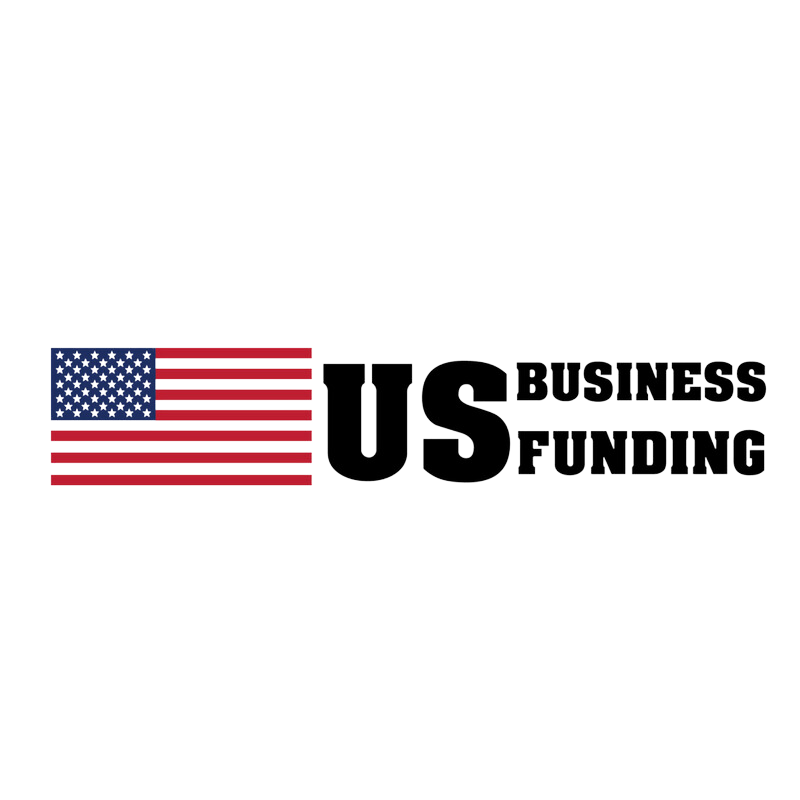Mastering Business Loans: A Comprehensive Guide to Securing the Right Loan
Accessing capital is often a major challenge for small business owners, but it’s also a crucial factor for driving growth and ensuring long-term success.
Whether you need funding to start a new product, grow your business, or pay for daily operations, the right business loan can help you move your business to the next stage. In this blog, we'll break down the various business loan options, how to position yourself to take advantage of the opportunities and to get loan approvals easier, and key factors to consider when selecting the most suitable funding solution for your specific business needs.
Understanding Your Business Loan Options
Before applying for a business loan, it’s important to know the different types of loans available. Not all loans are the same, and the best option for you depends on what you need the funds for, your ability to repay, your credit history, and your long-term plans
1 . Term Loans
Term loans are a traditional way to fund your business. You receive a lump sum of money and repay it over a set time with interest. They’re great for big investments like buying equipment, expanding your business, payroll or purchasing commercial property.
Benefits: Fixed payments, longer repayment periods, and usually lower interest rates than short-term loans.
Considerations: You’ll need strong credit and established business financials, and the approval process can take longer.
2. SBA Loans
SBA loans are designed to help small businesses and are backed by the government. They usually offer better terms—lower interest rates, longer repayment options, and smaller down payments. However, the application process usually is longer and can be a little bit frustrating.
Benefits: Lower rates, longer repayment terms, and flexible use of funds.
Considerations: The approval process can take time due to extensive paperwork.
3. Business Lines of Credit
A business line of credit is a revolving loan, allowing you to access funds whenever you need them, up to a certain limit. You only pay interest for what you use, making it perfect for short-term cash flow needs.
Benefits: Flexible use, pay only for what you borrow, and you can reuse funds as you repay.
Considerations: Usually has higher interest rates than term loans and requires discipline to avoid excessive debt, in order to avoid paying interest.
4. Equipment Financing
Equipment financing is great for buying machinery, vehicles, or other tools for your business. The equipment acts as collateral, which can lower the lender's risk and help you get better loan terms.
Benefits: Lower interest rates, easier approval. fast funding.
Considerations: Can only use the loan for equipment, and the equipment might lose value faster than you pay off the loan if the equipment has a premium, but overall these loans are used very often.
5. Invoice Financing
When clients take a long time to pay, invoice financing can help by letting you borrow against those unpaid invoices. It’s a quick solution to boost cash flow, usually takes 24 hours to receive your money once you submit your docs.
Benefits: Get cash fast, no need to wait for client payments.
Considerations: Can come with high fees and interest rates, and could be frustrating to finish the contract.
Mastering Business Loans: A Comprehensive Guide to Securing the Right Loan
Preparing Your Business for a Loan Application
Getting a business loan takes more than just submitting paperwork. Lenders want to see that you’re a low-risk borrower with a plan for how the funds will help your business grow and a low risk of defaults. To increase your chances of getting approved with more favorable conditions focus on these key areas:
Improve Your Credit Profile
Your personal and business credit scores are key factors in getting a loan.
A strong credit profile shows lenders you can handle debt responsibly. To improve your score, pay off outstanding debts, pay bills on time, and fix any errors on your credit report.
Tip: Some lenders offer pre-qualification services that don’t affect your credit score, helping you see your potential loan terms in advance.
Organize Your Financial Statements
For loans over $150,000 lenders need to see detailed financial documents like income statements, balance sheets, and profit and loss. These show how profitable your business is and whether you can repay the loan. Make sure your records are accurate and up to date.
Tip: Consider working with an accountant to ensure your financial statements are correct and highlight your business’s strengths.
Choosing the Right Loan: Key Considerations
After organizing your finances, and credit scores focus on finding the best loan for your business needs. Here’s what to consider:
Loan Purpose: Choose the loan based on your needs. A business line of credit works for short-term expenses, while a term or SBA loan is better for big, one-time purchases.
Tip: Make sure the loan terms match your cash flow to avoid stress.
Repayment Terms: Shorter terms mean higher payments but less interest overall. Longer terms offer lower payments but cost more in the end.
Tip: Compare several lenders and negotiate if your finances are strong.
Conclusion: Business Loans for Growth
A business loan can help your business grow, but it requires planning. Understand your options, strengthen your credit, and make sure the loan aligns with your goals.
If you need help we can offer a free consultation and we have multiple funding options for any type of need.


